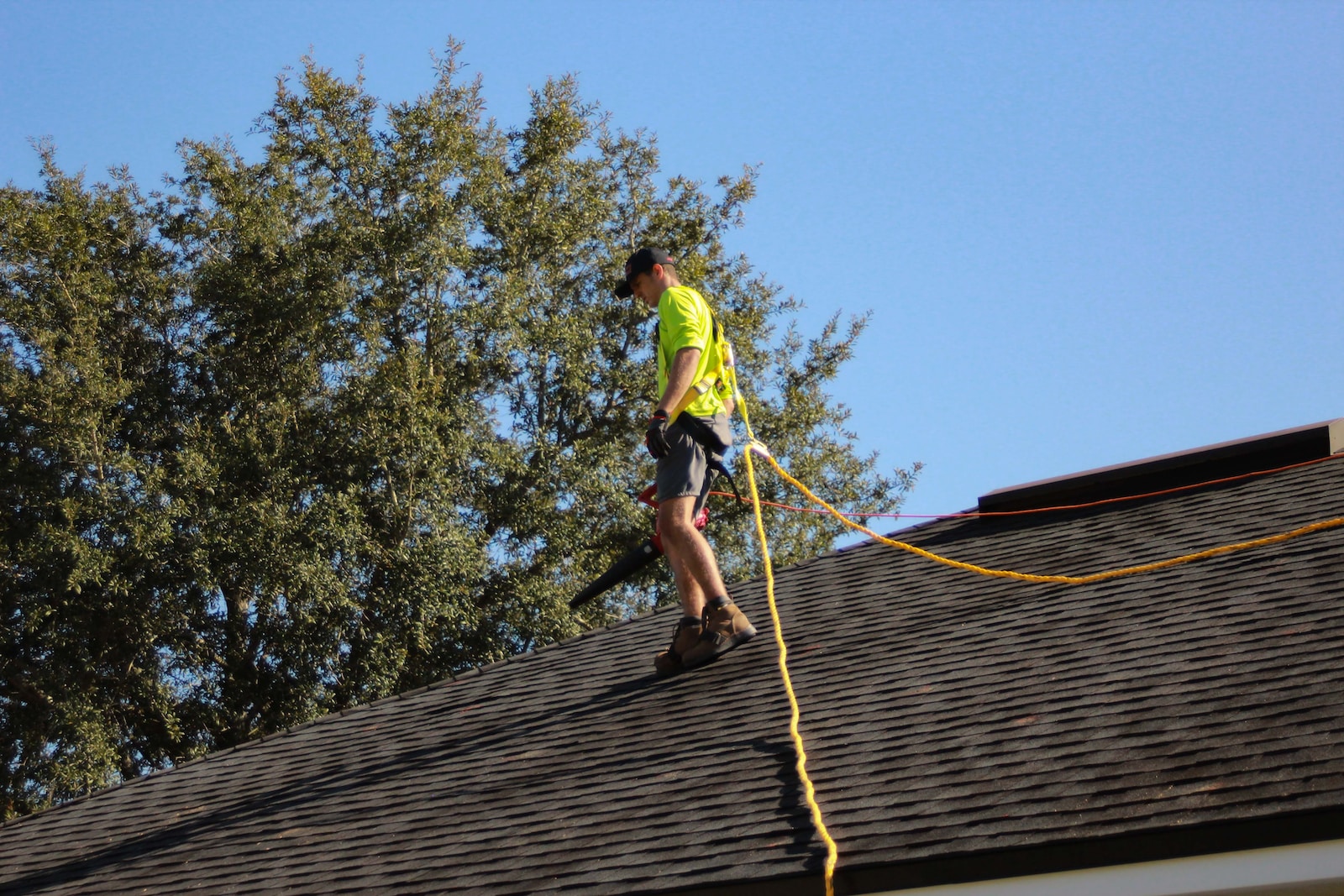Green Goals: Best Practices for Sustainable Roof Installation
I. Introduction
Sustainable roof installation is more than just a trend; it’s a necessary shift in the construction industry. As we face the reality of climate change, every step we take towards sustainability counts. This includes the roofs over our heads. Installing a sustainable roof isn’t just about reducing your carbon footprint. It’s a long-term investment that can save money and resources in the long run.
The environmental benefits of green roofs are numerous. Beyond their aesthetic appeal, they help mitigate the urban heat island effect by absorbing heat and acting as insulators for buildings, reducing the need for air conditioning. Green roofs also reduce stormwater runoff, provide habitats for wildlife, and help filter pollutants from the air, contributing to overall improved air quality.
Green roofs have become increasingly popular due to their ability to provide multiple benefits. They not only reduce energy consumption by lowering the need for air conditioning but also extend the lifespan of the roof by protecting it from extreme weather conditions. Additionally, green roofs can create a peaceful and attractive environment, improving the overall quality of life for building occupants. These roofs act as a natural sound barrier, reducing noise pollution, and providing a tranquil space for relaxation.
When it comes to sustainable roof installation, it’s important to consider the different materials and technologies available. Utilizing renewable resources is a key principle of sustainable roofing. This can involve using recycled metal, slate, or tile, which not only reduces waste but also provides a durable and long-lasting option. Another innovative approach is the use of green or ‘living’ materials, where a layer of vegetation is installed over a waterproofing membrane. This not only enhances the aesthetic appeal but also improves insulation, reducing the energy required for heating and cooling.
II. Understanding Sustainable Roofing
Sustainable roofing refers to the use of green technology in designing and installing roofs that have minimal environmental impact. The key principles include utilizing renewable resources, maximizing energy efficiency, and minimizing waste. This approach aims to strike a balance between economic, social, and environmental objectives – often referred to as the ‘triple bottom line’ of sustainability.
To achieve sustainable roofing, it is important to consider the entire life cycle of the roof. This includes the sourcing of materials, the manufacturing process, installation, maintenance, and eventual disposal. By selecting materials with low embodied energy, such as recycled or locally sourced materials, the environmental impact can be significantly reduced. Additionally, integrating energy-efficient technologies like solar panels or cool roof coatings can further enhance the sustainability of the roof.
Sustainable roofing is not only beneficial for the environment but also for the building occupants. By utilizing proper insulation and ventilation techniques, sustainable roofs can contribute to improved indoor air quality and thermal comfort. This can result in reduced energy consumption and lower utility bills. Furthermore, sustainable roofing systems can help mitigate the impact of extreme weather events, protecting the building and its occupants from damage and potential health hazards.
III. Choosing the Right Roofing Materials
When it comes to eco-friendly roofing options, there’s no one-size-fits-all solution. The selection should be based on several factors such as local climate, building design, budget, and personal preference. Green roof systems, which involve cultivating vegetation on rooftops, are gaining popularity due to their environmental benefits and aesthetic appeal.
There are various types of green roof systems to choose from, including intensive, extensive, and semi-intensive options. Intensive green roofs involve a thicker layer of soil and support a wide range of plant species, creating a more diverse and visually striking landscape. Extensive green roofs, on the other hand, have a shallower soil depth and support low-maintenance vegetation, making them more suitable for lightweight structures. Semi-intensive green roofs offer a middle ground, providing a balance between aesthetics and ease of maintenance.
Recycled and reclaimed materials offer another sustainable roofing solution. These materials, often metal or rubber, are repurposed from old roofs or other sources, reducing landfill waste. They not only provide a durable and cost-effective option but also contribute to the circular economy. Energy-efficient roofing materials, on the other hand, reflect more sunlight and absorb less heat than standard materials, thus reducing energy costs. Considerations for selecting materials should also include the local climate and specific location, as these factors can significantly impact the performance and longevity of the roof.
In conclusion, sustainable roof installation is a crucial step towards a greener future. By considering the environmental benefits, understanding sustainable roofing principles, and choosing the right materials, we can create roofs that not only protect us from the elements but also contribute to a more sustainable and resilient built environment. Investing in sustainable roofs is not only an investment in the present but also for future generations to come.
*Note: This revised blog article has been written in markdown format for easy online publishing.
